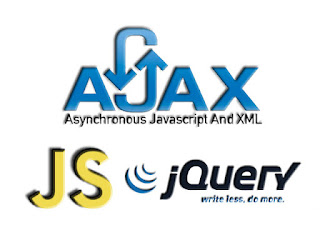What is XML, JSON, and AJAX?
What is XML (Extensible Markup Language)?
XML is a markup language used to store and transport structured data. It provides a set of rules for encoding documents in a format that is both human-readable and machine-readable. XML uses tags to define elements and their hierarchical relationships, allowing for the representation of complex data structures. It is widely used in various domains, such as web services, data interchange, configuration files, and more.
The Extensible Markup Language (XML) is a simple text-based format for representing structured information: documents, data, configuration, books, transactions, invoices, and much more. It was derived from an older standard format called SGML (ISO 8879), in order to be more suitable for Web use.
What is JSON (JavaScript Object Notation)?
JSON is a lightweight data interchange format that is easy for humans to read and write, and also easy for machines to parse and generate. It is based on a subset of the JavaScript programming language and has become popular as a data format for web applications. JSON represents data as key-value pairs and supports various data types, including objects, arrays, strings, numbers, booleans, and null values. It is commonly used for transmitting data between a server and a web application, as well as for storing configuration settings and exchanging data in modern web APIs.
JSON is an open standard file format and data interchange format that uses human-readable text to store and transmit data objects consisting of attribute–value pairs and arrays. It is a common data format with diverse uses in electronic data interchange, including that of web applications with servers.
AJAX is a technique used in web development to create asynchronous web applications. It allows for updating parts of a web page without requiring a full page reload. AJAX combines multiple technologies, including JavaScript, XML or JSON for data interchange, HTML, and CSS. By leveraging AJAX, web applications can send and receive data in the background, interact with servers asynchronously, and update content dynamically without interrupting the user's experience. AJAX enables a more responsive and interactive user interface, enhancing the user experience of web applications.
Ajax is a set of web development techniques that uses various web technologies on the client-side to create asynchronous web applications. With Ajax, web applications can send and retrieve data from a server asynchronously without interfering with the display and behaviour of the existing page.






Comments
Post a Comment